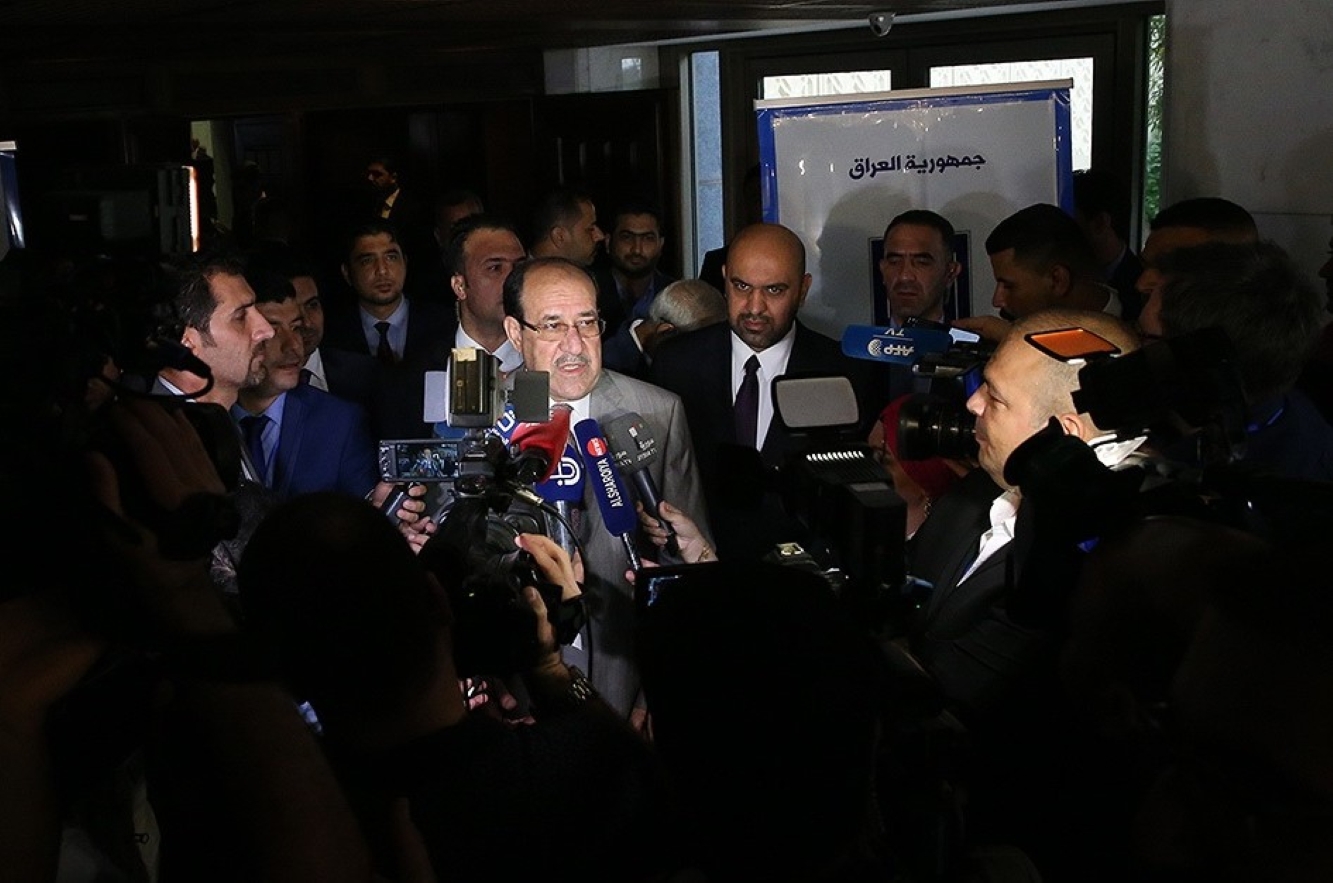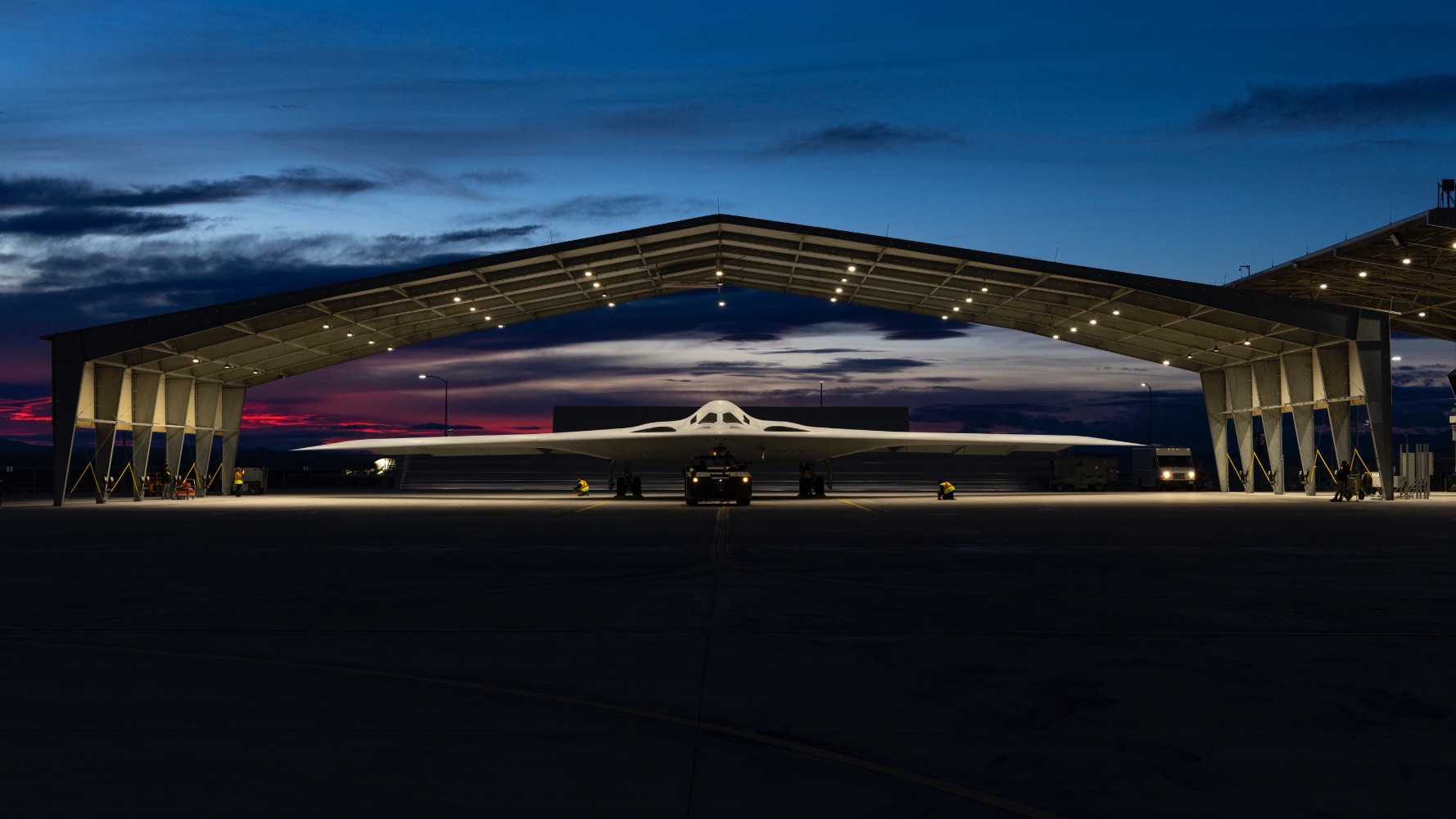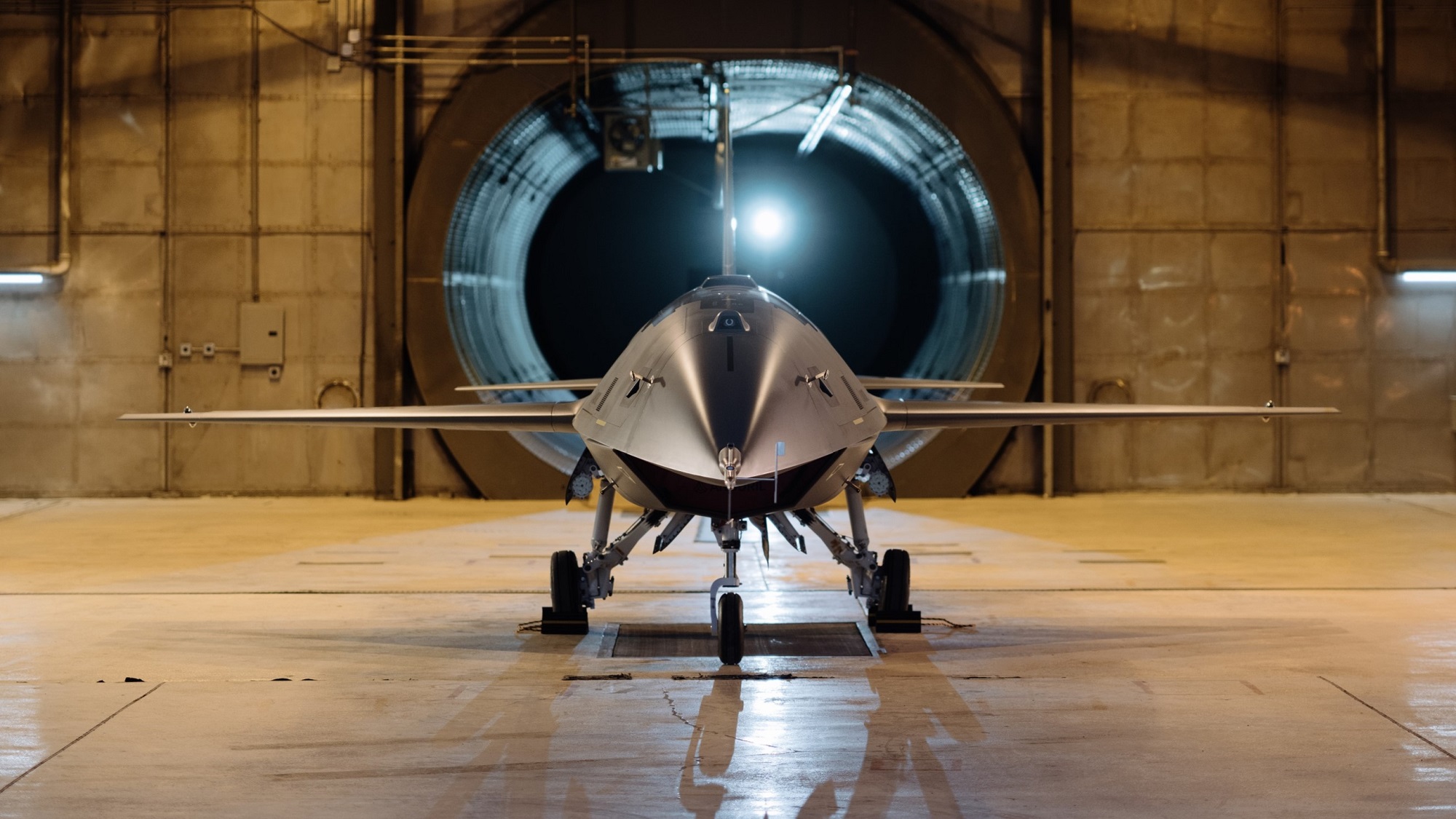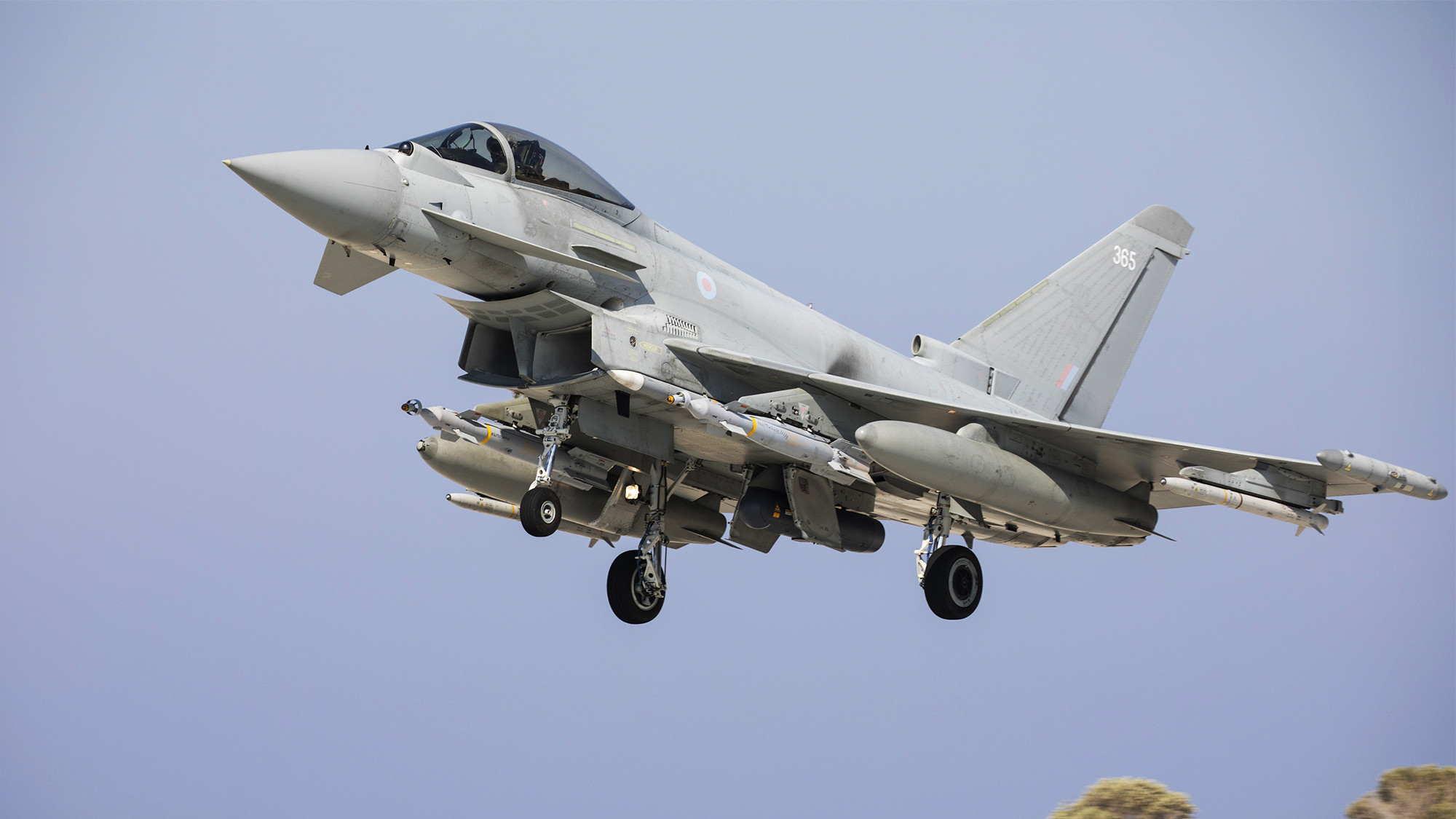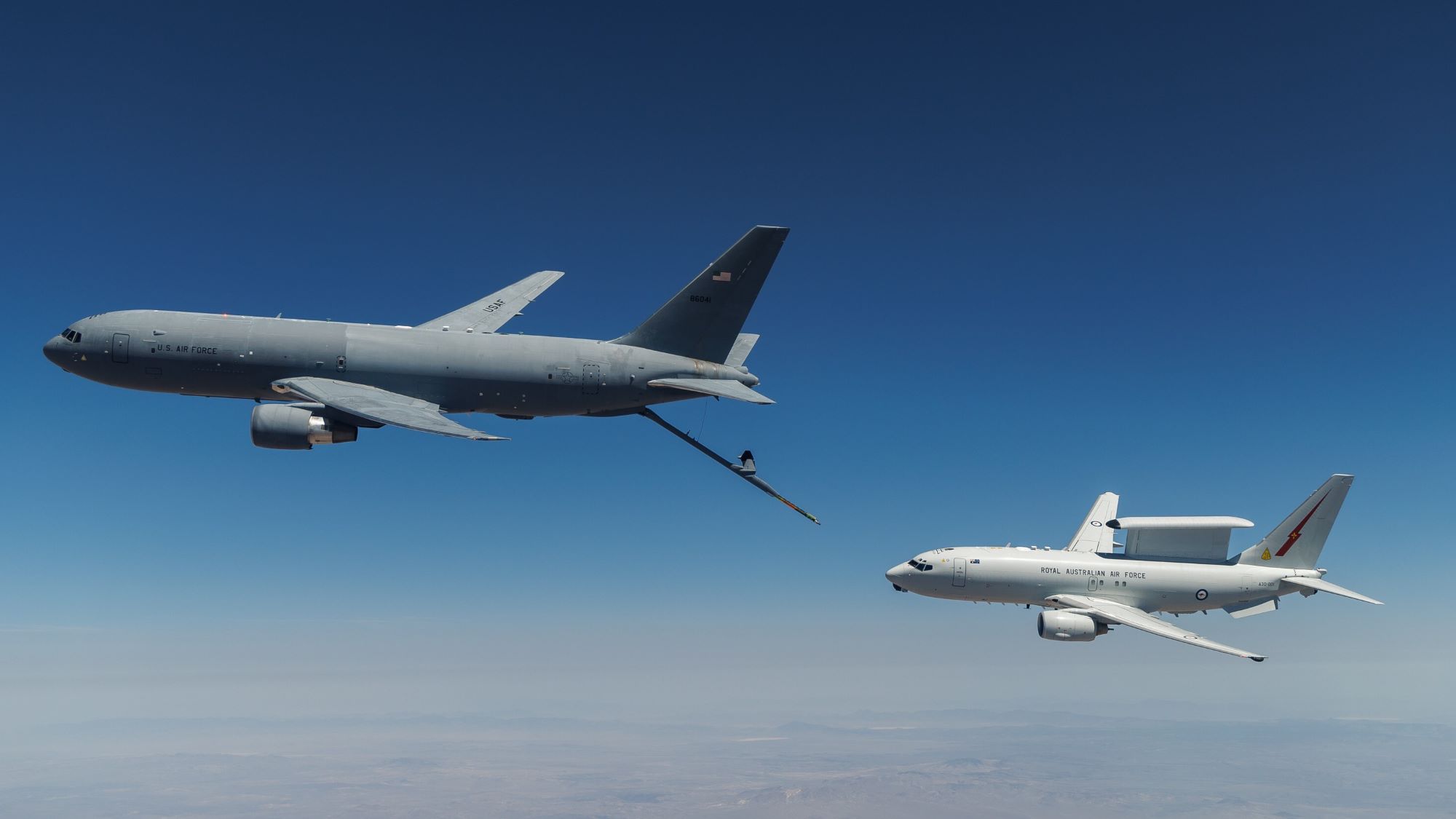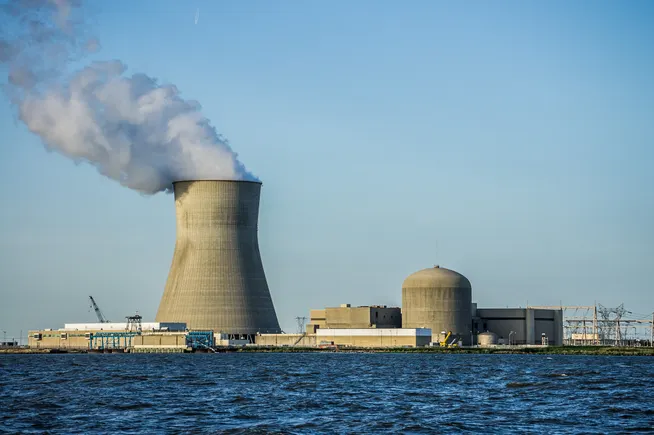Hegseth orders ‘comprehensive transformation’ of US Army, merging offices and cutting weapons
“All of these parochial interests and all of these lobbyists that crawl around this building and crawl around Congress, they have succeeded for far too long, and so the first thing is, we are going to start to cut the things we don’t want or need,” Army Secretary Daniel Driscoll told reporters.


US Secretary of Defense Pete Hegseth visits Joint Task Force North, U.S. Northern Command, to see the efforts military men and women are undertaking in support of U.S. Customs and Border Protection to secure the southern border at Fort Bliss, Texas, Feb. 12, 2025. (US Army/ Sgt. 1st Class Andrew R. Sveen)
WASHINGTON — Defense Secretary Pete Hegseth this morning ordered the “transformation” of the US Army, including divesting certain formations, canceling procurement on legacy systems and merging several internal organizations.
Breaking Defense first broke news this week that a major restructuring of the Army was on the table, including the mergers of Army Futures Command and Training and Doctrine Command into a new organization — something Hegseth’s memo today confirmed.
Other moves of note include orders to “Reduce and restructure manned attack helicopter formations and augment with inexpensive drone swarms capable of overwhelming adversaries,” and “Divest outdated formations, including select armor and aviation units across the Total Army (Active, Reserve, National Guard).”
“To build a leaner, more lethal force, the Army must transform at an accelerated pace by divesting outdated, redundant, and inefficient programs, as well as restructuring headquarters and acquisition systems,” Hegseth wrote in his memo [PDF].
In an afternoon press conference at the Pentagon, Army Secretary Daniel Driscoll told reporters that the changes were necessary to meet modern threats.
“We’ve seen in wars going on around the world that the equipment just can’t provide what it was originally supposed to to soldiers, and yet it keeps showing up year after year after year,” he said. “All of these parochial interests and all of these lobbyists that crawl around this building and crawl around Congress, they have succeeded for far too long, and so the first thing is, we are going to start to cut the things we don’t want or need.”
In a memo to the force, obtained by Breaking Defense, service chief Gen. Randy George stated that the changes fall under the branding of the Army Transformation Initiative (ATI), which will have three key focus areas: “deliver critical warfighting capabilities, optimize our force structure, and eliminate waste and obsolete programs.”
“This initiative,” George wrote, “will reexamine all requirements and eliminate unnecessary ones, ruthlessly prioritize fighting formations to directly contribute to lethality, and empower leaders at echelon to make hard calls to ensure resources align with strategic objectives.”
John Ferrari, a senior nonresident fellow at AEI and retired Army major general, pointed to repeated use of the year 2027 in Hegseth’s memo, saying the date is not coincidence but aligns with the recent estimates of China’s capacity.
“This is a bold plan by the Army and its leadership, that aligns decision making and execution by setting 2027 as the date to be completed — a mere 32 months,” Ferrari told Breaking Defense today.
“The Army’s changes will be rapid, align with the capabilities of the new tech defense startups, while the other services are still measuring their changes in years and decades,” he later added.
Cuts To Aviation, Ground Vehicles
An Army official today confirmed that the service will stop producing Humvees and Joint Light Tactical Vehicles. And General Dynamics Land Systems will be told to stop producing its brand new light tank, the M10 Booker. (The Wall Street Journal first reported on those cuts.)
“The Booker is a classic example of sunk cost fallacy, and the Army doing something wrong,” Driscoll said. “We wanted to develop a small tank that was agile and could be dropped into places our regular tanks can’t. We got a heavy tank.”
Alex Miller, the Army Chief’s Chief Technology Officer, explained that the Army also plans to divest from its fleet of AH-64D aircraft, but it is not yet clear if the service will opt to replace them with the newer AH-64E models.
“Those are the older Apaches, they’re very expensive to maintain,” George told reporters today. “I think this will actually increase our operational readiness rate in doing this.”
Also on the chopping block, is the “obsolete” Gray Eagle drone, produced by General Atomics, according to George’s letter to the force.
C. Mark Brinkley, a spokesman for General Atomics, pushed back against the use of the word “obsolete” noting that the drone has been updated over the years.
“We have developed the modernized Gray Eagle 25M, Gray Eagle STOL [short takeoff and landing], and EagleEye radar to bring these platforms to the absolute cutting edge,” Brinkley wrote in an emailed repose to Breaking Defense. “We’ve done that despite low funding priority and an unclear vision from the US Army that has forced Congress and others to make bold moves on behalf of America’s soldiers.”
“The Army’s RSTA mission is not going away in the future, and nor should its ability to conduct those operations without getting soldiers killed,” Brinkley added.
While these are initial cuts to program, George warned in his memo that more is coming: “This is a first step. We have already directed a second round of transformation efforts to be delivered in the coming months.”
What those future cuts look like isn’t clear, but Army leaders have been indicating for months that the service’s ground vehicle portfolio is facing even deeper cuts, which could see modernization programs like the Robotic Combat Vehicle and ongoing Bradley replacement competition be halted, or legacy programs like the Stryker be hit.
On the aviation side, just last year the Army unveiled a massive aviation overhaul that included cancelling development of its next-generation Future Attack Reconnaissance Aircraft (FARA) program in order to direct those dollars towards unmanned aerial reconnaissance systems, continuing manned helicopter programs like the UH-60M Blackhawk line and CH-47F Block II Chinook, and continuing to development of the Future Long-Range Assault Aircraft (FLRAA).
There had been speculation in industry that FLRAA could be in trouble long-term, but George in his memo doubled down on supporting the Bell-designed rotorcraft.
New Areas Of Investment
Hegseth noted the service is realigning to “optimize deterrence and rapid deployment, [and] above all to defend the American homeland and deter China in the Indo-Pacific,” which include reassessing and optimizing Army Prepositioned Stocks in the region.
“Increase Army forward presence in the Indo-Pacific by expanding pre-positioned stocks, rotational deployments, and exercises with allies and partners to enhance strategic access, basing, and overflight,” Hegseth said.
In late March, Breaking Defense reported that senior service leaders were weighing their global prepositioned stocks strategy, and possibly jettisoning the only floating, mobile cache in favor of putting those arms and equipment in friendly territory somewhere in the Indo-Pacific region.
While Hegseth’s memo outlines a host of potential cuts for the ground service, he also details areas ripe for investment.
“The Army must prioritize investments in accordance with the administration’s strategy, ensuring existing resources are prioritized to improve long-range precision fires, air and missile defense including through the Golden Dome for America, cyber, electronic warfare, and counter-space capabilities,” he wrote.
He went on to detail a few additional focal areas and programs, including:
- A future Precision Strike Missile (PrSM) variant with a seeker to hit moving targets on land and at sea, ready by 2027. Miller subsequently told reporters that this is a new initiative to “double the range” of the weapon and it could potentially be produced by a new vendor
- Achieve electromagnetic and air-littoral dominance by 2027
- Fielding new launched effects in every division by the end of 2026 for soldiers to use from the ground or air
- Improve counter-UAS mobility and affordability, while also integrating those capabilities into maneuver platoons by 2026 and maneuver companies by 2027
- Extending advanced manufacturing, including 3D printing, to operational units by 2026
- Enable AI-driven command and control at Theater, Corps, and Division headquarters by 2027
Structural Changes
According to George’s memo, Army headquarters will divest around 1,000 staff positions, though it’s unclear if those are civilian or uniformed.
Army Futures Command and TRADOC will be merged into one organization, while Forces Command will transform into Western Hemisphere Command and consolidate Army North and Army South into one group.
And while not spelling out what this looks like, George promised to “trim general office positions to streamline command structures and revise civilian talent management policies to prioritize performance.”
Breaking Defense previously reported that the Army was considering a plan that would leave only the Chief and Vice-Chief of the Army as four-stars among internal service positions. (It is unlikely that Combatant Command positions, which are outside of Army control, would be impacted right now.)
George’s memo also includes a promise to create “agile funding” pots of money, shifting from program-centric to capability-based portfolios. That’s a concept that the four-star general has pushed heavily in the past, but which Congress has expressed some skepticism about; it’s unclear if the Army can actually change how it handles its pots of money without approval from the Hill.
Updated 5/1/25 at 4:05 PM with new comments from George, Driscoll and Miller.
























































































